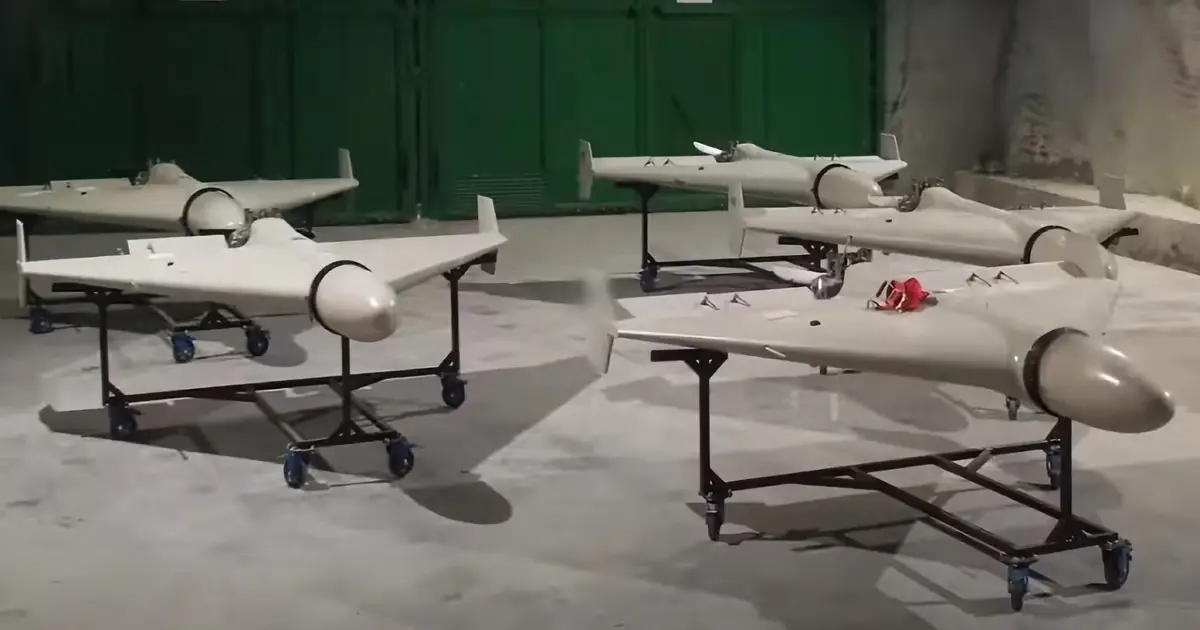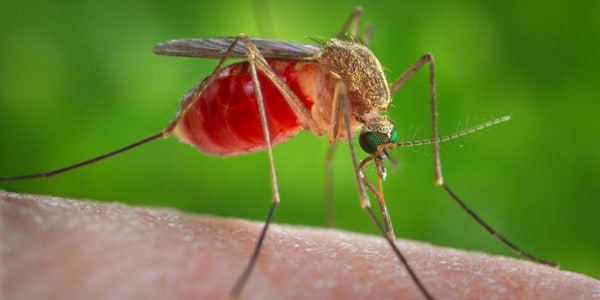Current Affairs – 13 May 2024
Current Affairs – 13 May 2024
Kamikaze drone
In the ongoing conflict in Ukraine, Russia’s utilization of the Lancet Kamikaze drone, which incorporates American AI technology, highlights complex global supply chain issues.

Mammoth carbon capture Plant
Recently, the world’s largest facility designed to remove carbon dioxide from the atmosphere started operations in Iceland.

Indian Ocean basin-wide (IOBW) Index
According to a study, Indian Ocean basin-wide (IOBW) index exhibits a close association with dengue outbreaks in both the Northern and Southern hemispheres.
